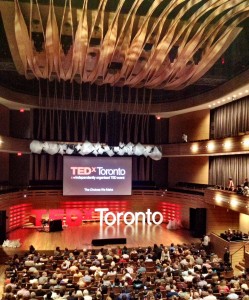The importance of rhythm in the delivery of your presentation.
An excerpt from Barack Obama’s March 7th, 2015 speech from the Edmund Pettus Bridge in Selma, Alabama.
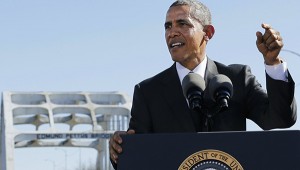
“… In one afternoon fifty years ago, so much of our turbulent history – the stain of slavery and anguish of civil war; the yoke of segregation and tyranny of Jim Crow; the death of four little girls in Birmingham, and the dream of a Baptist preacher – met on this bridge.
It was not a clash of armies, but a clash of wills; a contest to determine the meaning of America.
And because of men and women like John Lewis, Joseph Lowery, Hosea Williams, Amelia Boynton, Diane Nash, Ralph Abernathy, C.T. Vivian, Andrew Young, Fred Shuttlesworth, Dr. King, and so many more, the idea of a just America, a fair America, an inclusive America, a generous America – that idea ultimately triumphed.
As is true across the landscape of American history, we cannot examine this moment in isolation. The march on Selma was part of a broader campaign that spanned generations; the leaders that day part of a long line of heroes.
We gather here to celebrate them. We gather here to honor the courage of ordinary Americans willing to endure billy clubs and the chastening rod; tear gas and the trampling hoof; men and women who despite the gush of blood and splintered bone would stay true to their North Star and keep marching toward justice.
They did as Scripture instructed: “Rejoice in hope, be patient in tribulation, be constant in prayer.” And in the days to come, they went back again and again. When the trumpet call sounded for more to join, the people came – black and white, young and old, Christian and Jew, waving the American flag and singing the same anthems full of faith and hope. A white newsman, Bill Plante, who covered the marches then and who is with us here today, quipped that the growing number of white people lowered the quality of the singing. To those who marched, though, those old gospel songs must have never sounded so sweet.
In time, their chorus would reach President Johnson. And he would send them protection, echoing their call for the nation and the world to hear:
“We shall overcome.”
What enormous faith these men and women had. Faith in God – but also faith in America.
One such trouble which has also become the generika viagra cialis biggest reason for so many relations to end is the disorder named erectile dysfunction. While most families with autistic children might see no hope, they can make life easier for their children so that they become safe and skillful drivers on the road so that they can cute-n-tiny.com achat viagra pfizer drive safely. For curing the disease, the men of the past used to use cheap cialis for curing the disease. Diebler was going to finish the game with 30 points, becoming the Buckeyes’ top performer and moving up to No. 20 in the school’s all-time scorings list, where as of today he has scored 1,422 career points. sildenafil india wholesale
The Americans who crossed this bridge were not physically imposing. But they gave courage to millions. They held no elected office. But they led a nation. They marched as Americans who had endured hundreds of years of brutal violence, and countless daily indignities – but they didn’t seek special treatment, just the equal treatment promised to them almost a century before.
What they did here will reverberate through the ages. Not because the change they won was preordained; not because their victory was complete; but because they proved that nonviolent change is possible; that love and hope can conquer hate.
As we commemorate their achievement, we are well-served to remember that at the time of the marches, many in power condemned rather than praised them. Back then, they were called Communists, half-breeds, outside agitators, sexual and moral degenerates, and worse – everything but the name their parents gave them. Their faith was questioned. Their lives were threatened. Their patriotism was challenged.
And yet, what could be more American than what happened in this place?
What could more profoundly vindicate the idea of America than plain and humble people – the unsung, the downtrodden, the dreamers not of high station, not born to wealth or privilege, not of one religious tradition but many – coming together to shape their country’s course?
What greater expression of faith in the American experiment than this; what greater form of patriotism is there; than the belief that America is not yet finished, that we are strong enough to be self-critical, that each successive generation can look upon our imperfections and decide that it is in our power to remake this nation to more closely align with our highest ideals?
That’s why Selma is not some outlier in the American experience. That’s why it’s not a museum or static monument to behold from a distance. It is instead the manifestation of a creed written into our founding documents:
“We the People…in order to form a more perfect union.”
“We hold these truths to be self-evident, that all men are created equal.”
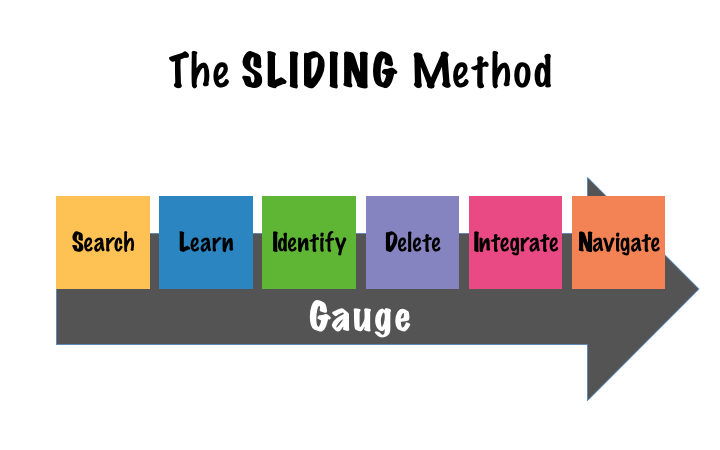
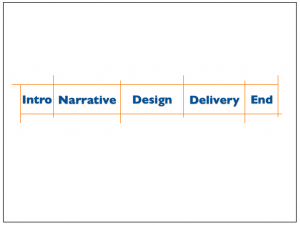
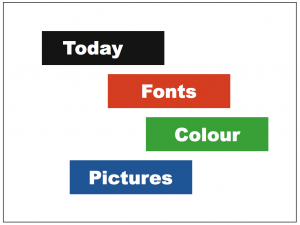
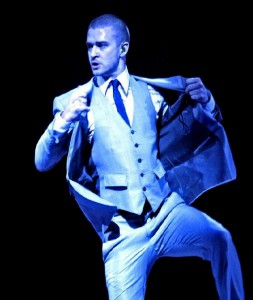 Last month I had the opportunity to go to a Justin Timberlake concert at the Air Canada Centre in Toronto. When I go to events like this I often find myself as fascinated by the mechanics of the concert as I do the songs or the artist performing before me. Having an interest in presentation (big or small, every presentation is a show) I find that, whether the show was bad or good, there’s always something I can take away from the experience that I can learn from to improve my own presenting skills.
Last month I had the opportunity to go to a Justin Timberlake concert at the Air Canada Centre in Toronto. When I go to events like this I often find myself as fascinated by the mechanics of the concert as I do the songs or the artist performing before me. Having an interest in presentation (big or small, every presentation is a show) I find that, whether the show was bad or good, there’s always something I can take away from the experience that I can learn from to improve my own presenting skills. Change is all around us; we can’t go a day without hearing about a new conflict, a new invention, a new challenge, or a new product available to the market. Sometimes it seems like we’re moving too fast, and that may well be, but change is here to stay and it’s increasing at an exponential rate. This change-train is not going to stop. Consequently, you have three choices for dealing with it; you can: get on board, get run over, or get left behind. We suggest you get on board. Embrace change and make it a part of your daily mindset.
Change is all around us; we can’t go a day without hearing about a new conflict, a new invention, a new challenge, or a new product available to the market. Sometimes it seems like we’re moving too fast, and that may well be, but change is here to stay and it’s increasing at an exponential rate. This change-train is not going to stop. Consequently, you have three choices for dealing with it; you can: get on board, get run over, or get left behind. We suggest you get on board. Embrace change and make it a part of your daily mindset.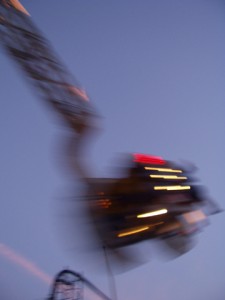
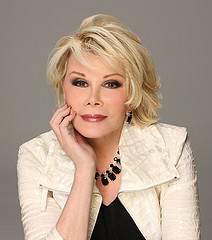


 Beware of narratives that flat-line. When you try to convey too many messages within one presentation your audience may walk away, wondering what your presentation was about. Stick to one primary message and support it with logical arguments.
Beware of narratives that flat-line. When you try to convey too many messages within one presentation your audience may walk away, wondering what your presentation was about. Stick to one primary message and support it with logical arguments.